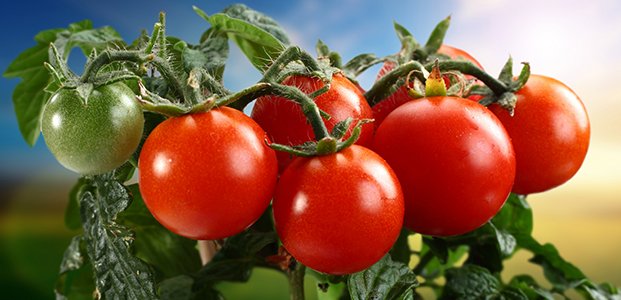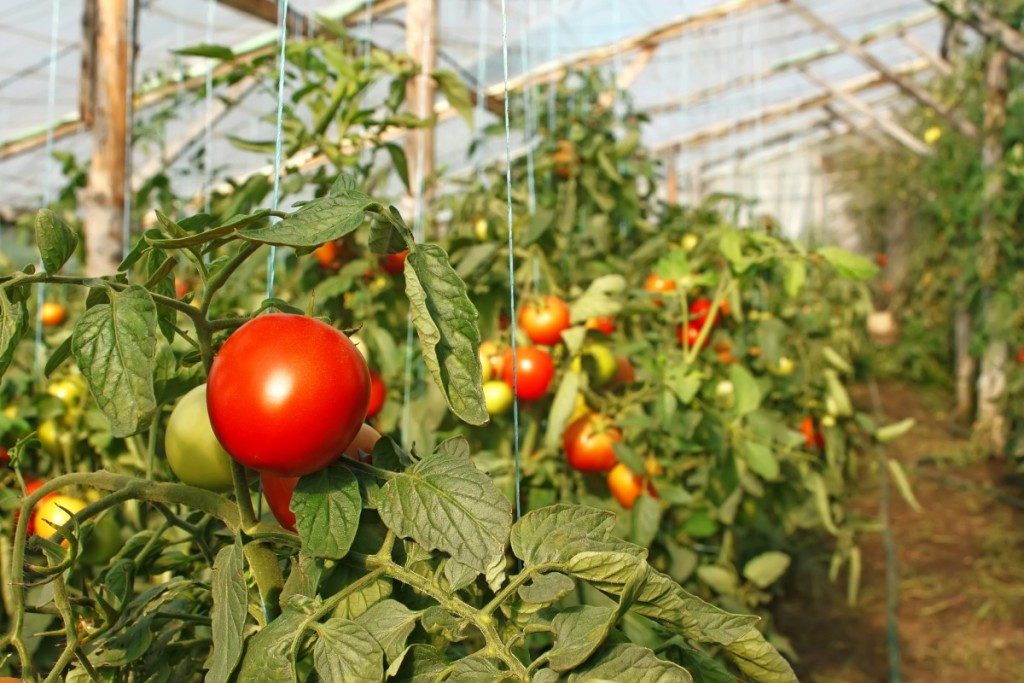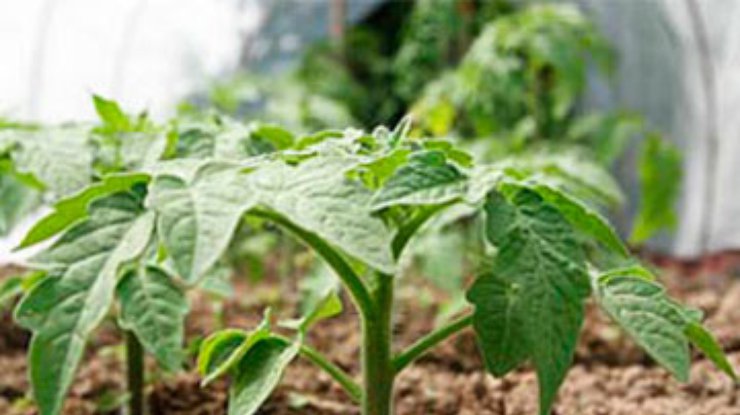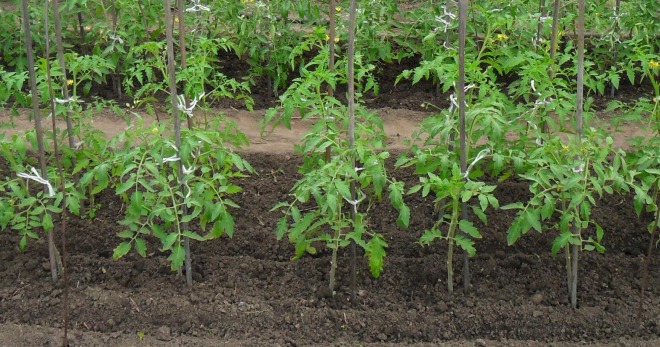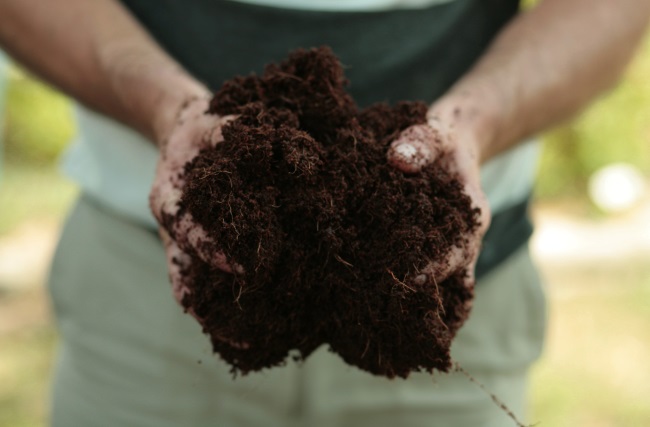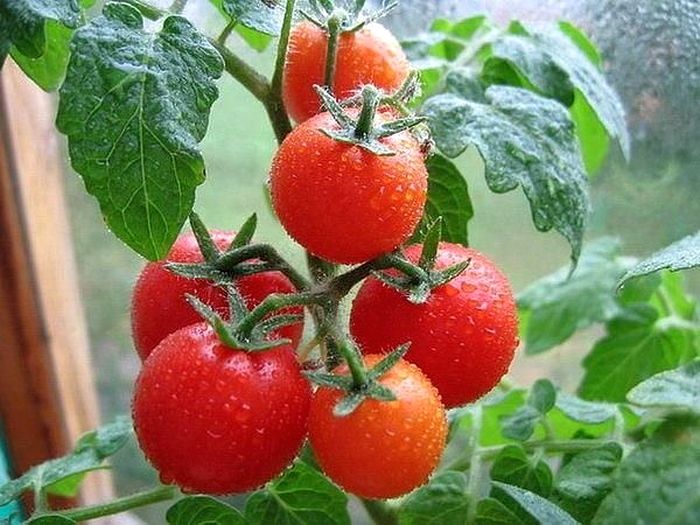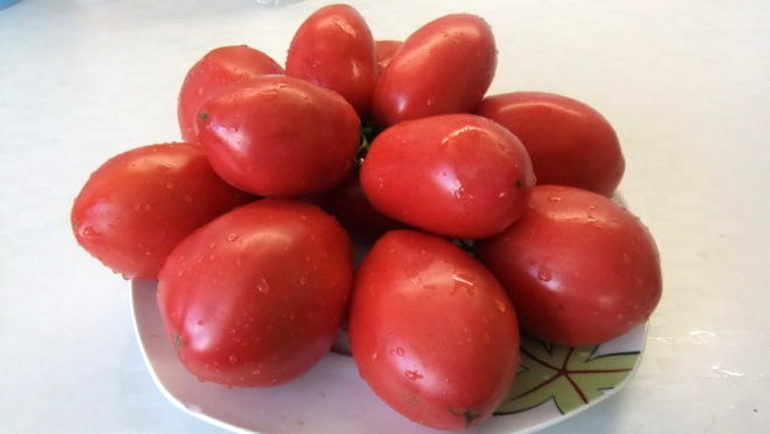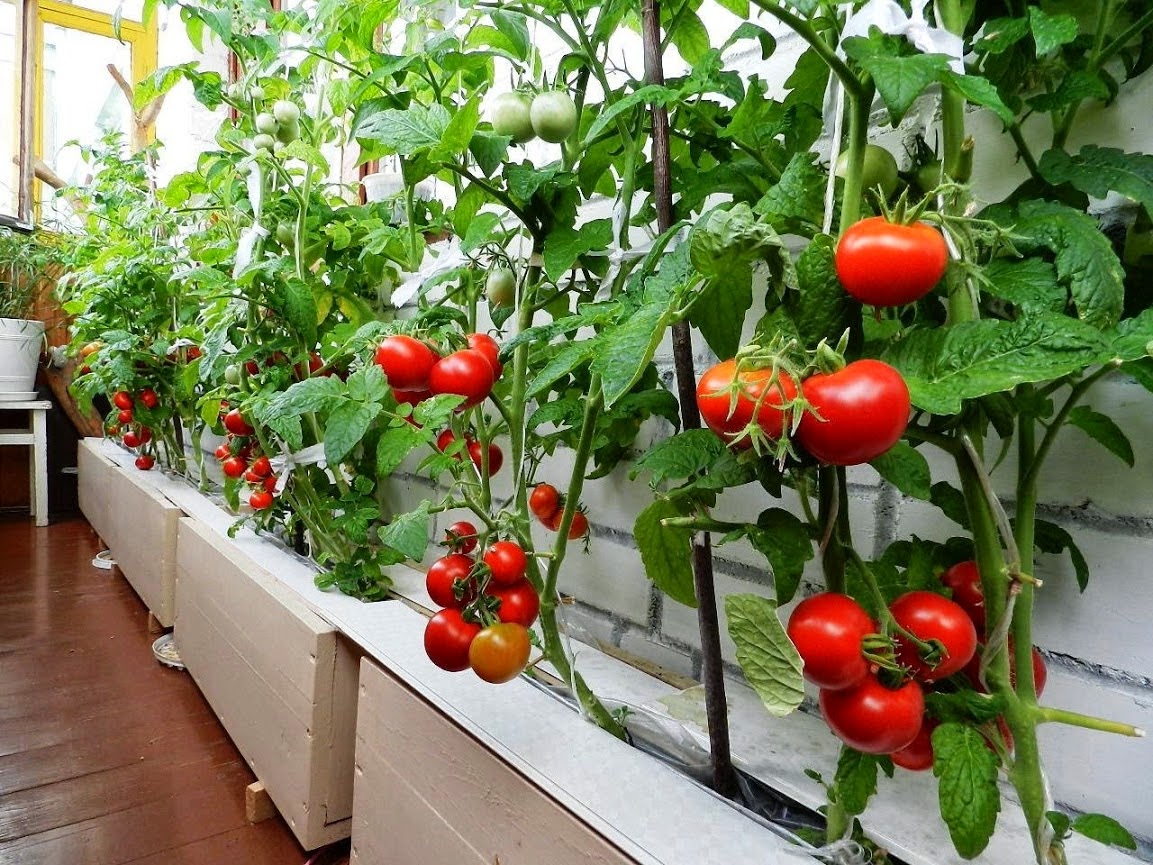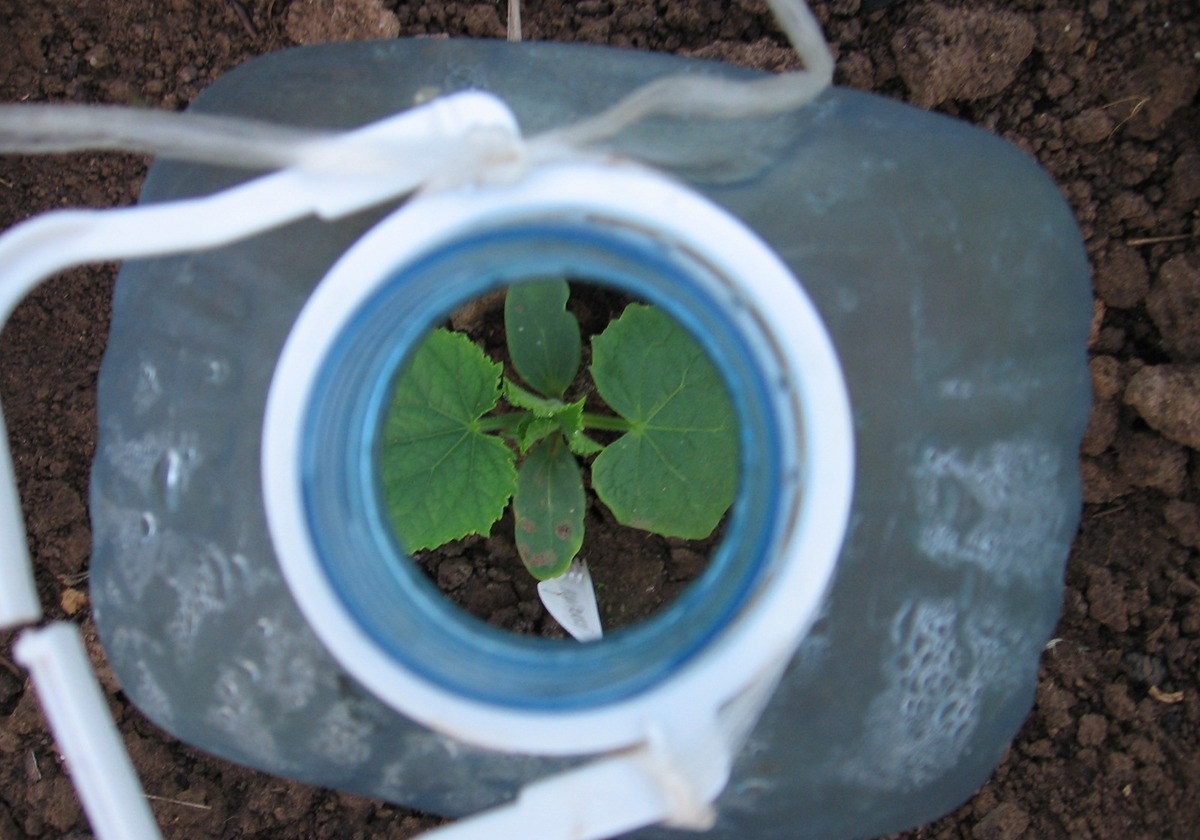Content:
The quality of the harvest of homemade tomatoes directly depends on the careful observance of the cultivation techniques: how to plant tomatoes correctly. However, even today, not every gardener manages to get a large number of large tomatoes that are distinguished by excellent taste. To carry out competent care for tomato plantings, certain knowledge is required about how to plant tomatoes, and about carrying out various summer cottage works, what should be watering or the composition of the soil. In addition, you need to know that planting a tomato should be carried out in an area that is well illuminated by the sun - planting this crop in the shade is not permissible.
Tomatoes as a fruit and vegetable crop
The tomato can be both an annual and a perennial plant. It belongs to the herbaceous type of crops, the species of Solanum of the biological family Solanaceae. The fruits of the tomato bush are colloquially referred to as tomatoes. This name is of Italian origin - pomo d'oro in this language is translated as "golden apple". This vegetable crop was born on the South American continent. Today in South America, tomatoes grow in both wild and semi-cultivated forms.
The first European countries where tomato was brought in in the middle of the 16th century are Spain and Portugal. For a long time, these vegetables were perceived as inedible and even poisonous. In European gardens, tomatoes were cultivated as an ornamental exotic plant. The publication of the very first culinary recipe from tomato fruit dates back to the civil and lunar calendar showing the year 1692, this recipe is of Spanish origin. The 18th century is considered the date of the beginning of tomato cultivation in Russian gardens. It should be noted that, due to the incomplete ripening of the fruits, the cultivation had a decorative orientation. A.T. Bolotov, a Russian agronomist, contributed to the recognition of tomatoes as a vegetable crop suitable for food consumption, by growing these vegetables by seedlings until they are fully ripe.
The calorie content of one mature tomato is 19 kcal. The chemical composition of one tomato includes a voluminous list of useful trace elements:
- glucose;
- fructose;
- organic acids;
- cellulose;
- pectin;
- starch;
- mineral compounds;
- carotenoids;
- vitamin B1;
- vitamin B2;
- vitamin B3;
- vitamin B5;
- folic acid;
- Apple acid;
- lemon acid;
- oxalic acid;
- wine acid;
- succinic acid;
- glycolic acid;
- palmitic acid;
- stearic acid;
- linoleic acid;
- p-coumaric acid;
- caffeic acid;
- ferulic acid;
- anthocyanins;
- stearins;
- triterpene saponins;
- abscisic acid;
- iron;
- choline.
The root system of the plant is highly developed, it belongs to the rod type. The growth and formation of branched roots occurs quickly. The depth of the roots can exceed one meter, and the growth diameter can reach more than two meters. The stem is of the upright type, the height of which can reach more than 2 meters. The minimum height of the main shoot is about 35 centimeters. There are three ways to breed this culture:
- Seminal;
- Cuttings;
- Stealing.
Leaves are of the pinnate type, dissected into large lobes, potato types are found. The size of the flowers is small, the color is yellow. The inflorescences are collected in a brush. The tomato bush is a self-pollinator.
The shape of the fruit can vary. The size segment can be divided into three categories:
- small fruits - weighing up to 50 grams;
- medium fruits - weighing from 50 to 100 grams;
- large fruits weighing over 100 grams.
Fruit color can be presented in a number of shades:
- pale pink;
- bright red;
- crimson;
- white;
- light green;
- light yellow;
- golden yellow.
In addition, there are other classifications of this plant, such as the type of growth of the shrub, the ripening time of the vegetables and the method of consumption.
Tomatoes should be grown at an air temperature above + 20оС. Despite the fact that plantings need abundant watering, high humidity should be avoided. Also, a prerequisite is the presence of constant lighting for bush plantings. In addition, the plant needs to carry out fertilization and loosening of the soil.
The time period from the moment of germination to the transition to the flowering stage is about 67 days, from flowering to the ripening of vegetables - an average of 50 days. This crop can be cultivated in a variety of conditions:
- on an open ridge;
- under the film;
- in a greenhouse;
- in a greenhouse;
- on the balcony;
- on the window sill.
Tomato fruits are eaten in various types of culinary processing:
- fresh;
- cooked;
- fried;
- dried;
- preserved;
- in the form of tomato paste;
- tomato puree;
- tomato juice;
- ketchup;
- homemade sauces;
- as part of lecho.
All about planting a tomato
The time for how to plant seedlings in the Krasnodar Territory on an open ridge falls on the first days of May, in the greenhouse - 2 weeks earlier.
With a countdown of 65 days, the disembarkation date is as follows:
- For an open ridge, the beginning when you can plant tomatoes is February 25. An earlier period is unacceptable, due to the emergence of difficulties in taking root in a permanent place of overly sprouted seedlings;
- For greenhouses, the seed sowing period is considered to be February 20.
Only if the seedlings are planted on time can its healthy development be ensured. The harm from early planting is that the seedling material, which has fruit ovaries with flowers, after being placed in a permanent place, drops flowers along with the fruits.
Planting depth of tomato seedlings
The created hole formation depth is determined by the height of the planting material. Tomato bushes, whose height exceeds 35 centimeters, are planted in a depression of the same level, which is 27 centimeters wide. In this case, the trunk of the bush should be immersed in the soil by 12 centimeters.
An overgrown bush, whose height is almost half a meter, should be located in an inclined position when planting, in order to form new roots. The hole dug for overgrown seedlings should be shallower (30 centimeters) and wider (40 centimeters) than the standard one.
The size of the distance at which plants should be planted is due to the size of the adult shrubs.Overly thickened planting will lead to a decrease in the quantitative indicator of yield. Placing the plantings too far will reduce the efficiency of using the greenhouse space.
Standard distance for each individual seedling category:
- undersized shrubs - 40 centimeters;
- medium-sized bushes - 45 centimeters;
- high landing - 58 centimeters.
The landing grooves should be staggered, leaving a passage behind every second row. If the area of the greenhouse space is limited, then it is recommended to plant tomatoes in two lines. Placing tomato plantings too close to the wall will negatively affect the quantitative indicator of the yield - the plant tends to love having some space.
Why is the fish laid
This type of fertilizer, such as fish, is placed in the recess before planting tomatoes, in order to enrich the soil with a number of minerals released during decomposition:
- nitrogen required for the photosynthesis process;
- potassium, which accelerates the ripening of vegetables;
- phosphorus, which promotes flowering and fruiting processes.
The tomato bush is considered the most demanding for the presence of phosphorus in the soil. This is due to the fact that phosphorus has a stimulating effect on the development of the root system, further contributes to the acceleration of the formation of brushes with flowers, and, finally, has a positive effect on the palatability of fruits during the transition to the stage of ripening of vegetables.
Planting schemes for tomato bushes
There are a number of schemes for planting tomato bushes:
- nesting (tape type);
- 3X6 (a greenhouse made of a material such as polycarbonate, or into a greenhouse);
- method I.M. Maslova;
- agrotechnical approach of Mietlider.
Technology for growing tall tomatoes
The soil for planting tall tomatoes must be prepared in the fall by digging and fertilizing with 4 kilograms of mullein. In the spring, the soil must be fertilized with the same amount of manure, adding 1 tablespoon of potassium chloride and superphosphate in the amount of 5 tablespoons.
You should start planting tomatoes for seedlings 2 months before planting in a permanent place - around the beginning of March. Seed material can be purchased at a specialized outlet or harvested yourself from the best quality vegetables. To do this, remove the seeds from the tomato with a teaspoon, put them in a glass jar and keep them at + 22 ° C for 2 days. After clarifying the juice, the seed material must be washed and dried by spreading it out on a sheet of paper or glass.
Before sowing and planting seeds, they must be placed in a special solution for soaking, prepared by diluting 1 teaspoon of liquid fertilizer or nitrophoska in a liter of water.
The seeds must be placed in a cloth for soaking for a day. The solution temperature should be + 27 ° C. Seed material soaked and wrapped in a plastic bag is placed in the refrigerator for 2 days. After such a hardening procedure, the street will not be able to affect the quality of the planting material, the seeds are ready for planting in open ground.
To prepare the soil for planting, it is necessary to take peat, compost and turf soil in equal proportions. A teaspoon of superphosphate, potassium sulfate and urea is added to a bucket with such a composition. The mixed soil material must be placed in an oven heated to + 115 ° C for a quarter of an hour - the earth must be placed on a baking sheet in a 5-centimeter layer.
Before the start of sowing, the prepared soil is poured into the planting tank and leveled. The depth of the furrows when planting is 1 centimeter, the spacing between plants is 5 centimeters. The row spacing should be 2 centimeters.Place the boxes with seedlings in a well-lit place with a temperature of + 24 ° C.
The planting time for tomatoes is considered the beginning of May. Before starting to plant tomatoes in a permanent place, it is recommended to spray them with a solution of copper oxychloride - this measure is aimed at preventing the occurrence of seedling diseases.
The parameters that the planting hole for tall tomatoes has are 15X15 centimeters, the depth is equal to the bayonet of the shovel. The landing should be made in long rows, observing a square checkerboard order.
Planting low-growing tomato bushes
The timing of planting seedlings is due to the climatic characteristics of a particular region:
- for the southern regions - May 15;
- for temperate climates - June 15, full moon;
- northern regions - after the end of the night frost season.
To enrich the soil composition, humus is introduced, but the introduction of cow dung is unacceptable. One bucket of fertilizer is applied to 2 depressions. Mineral fertilizers should be applied during the transition to the stage of intensive growth and fruiting.
Before planting seedlings in the ground, it is recommended to additionally add peat, foliage and rotted grass. Planting can be done in a linear or staggered pattern to reveal a 40 cm distance between shrubs.
Diseases and their treatment
The list of major diseases includes:
- a mosaic disease that is not amenable to treatment, against which prevention is carried out by processing seed material before planting tomatoes;
- bacteriosis, also not amenable to treatment;
- fungal macrosporiosis, against which chemical antifungal drugs are used;
- late blight, against which prevention is carried out by spraying with milk whey or Fitosporin;
- disease of chloratic curl of leaves, methods of control are similar to mosaic;
- brown olive spot, which is treated with preparations containing copper;
- septoria, in the treatment of which copper-containing drugs are used;
- gray rot, in which diseased leaves, affected fragments of the heads of vegetables are removed, and also sprayed with garlic infusion;
- root rot, which can be eliminated by replacing the soil;
- whitefly, which is destroyed by spraying with chemicals;
- rust mite, also removed by chemicals;
- spider mite, for which there are many folk remedies;
- non-treatable nematode - plants must be removed.
Tomatoes are one of the most common crops grown in all regions of our country. However, it is possible to get a good harvest only if the peculiarities of the agricultural technology of planting and caring for tomatoes are observed, as well as the presence of certain knowledge of how to plant tomatoes correctly.
